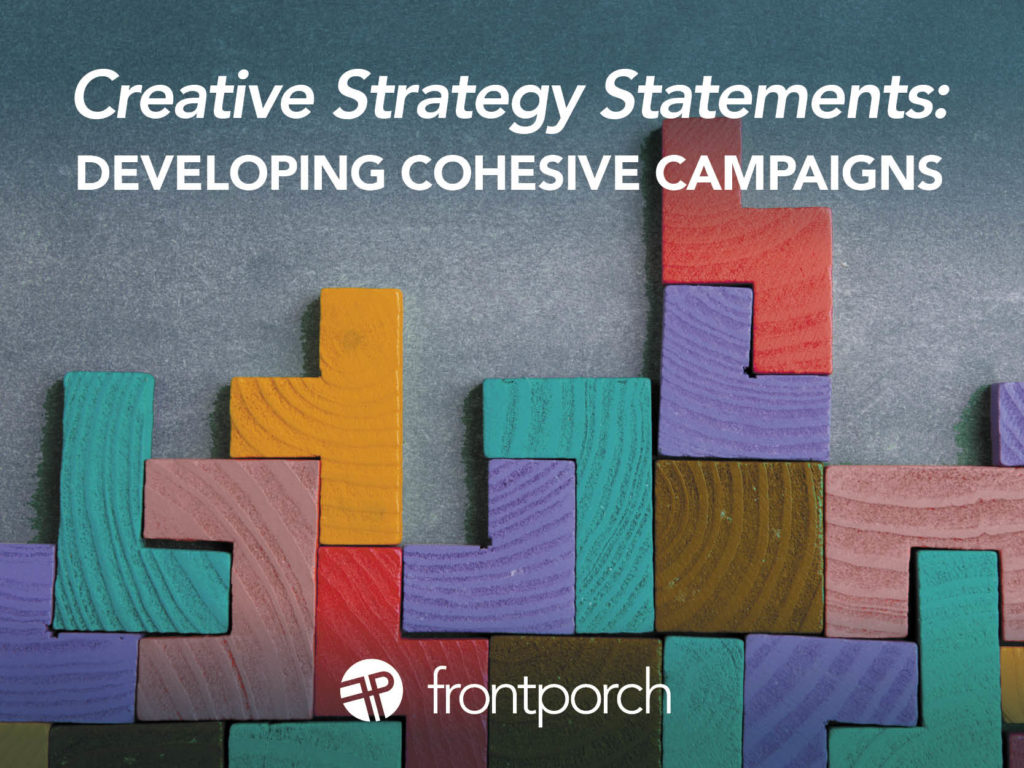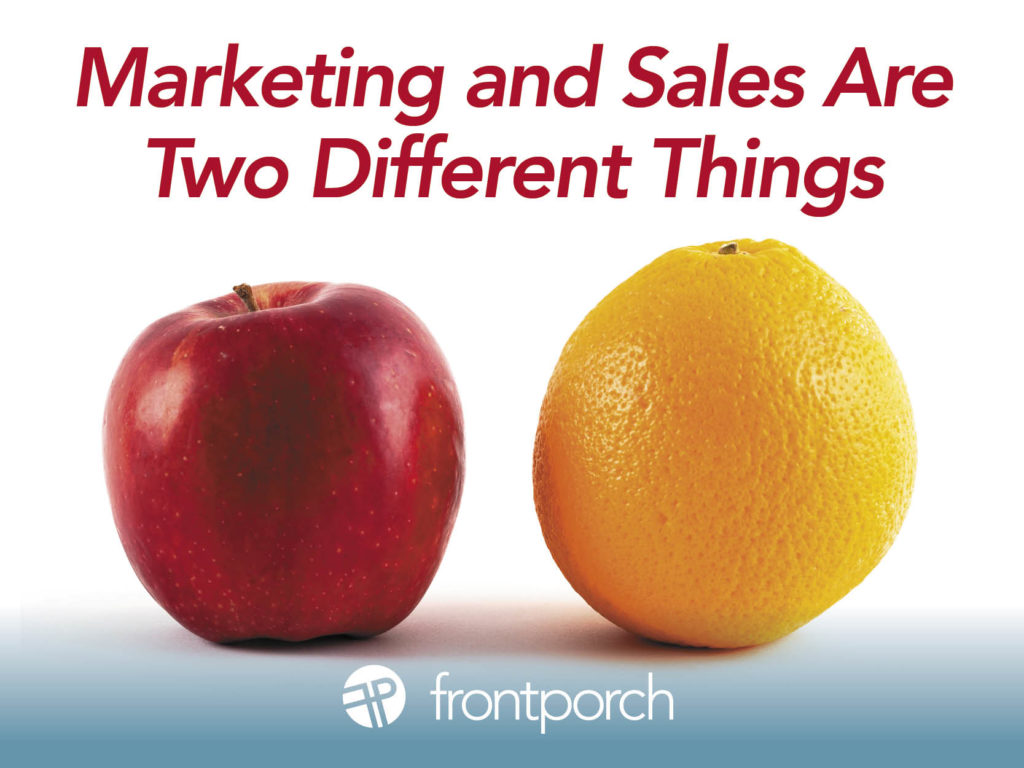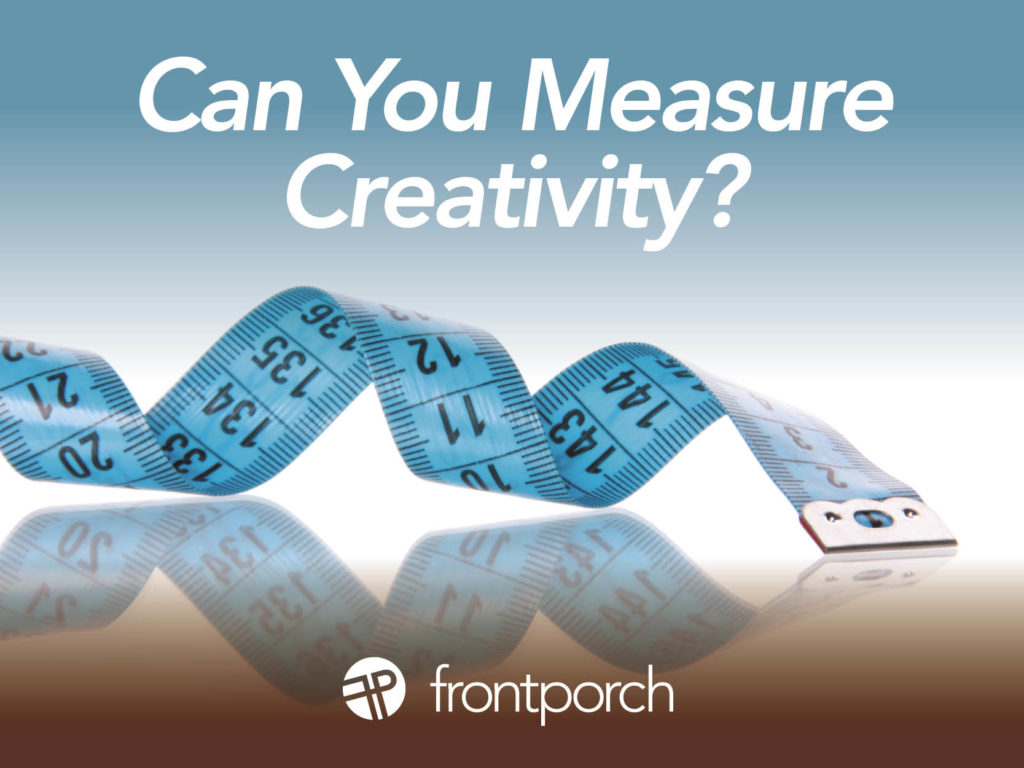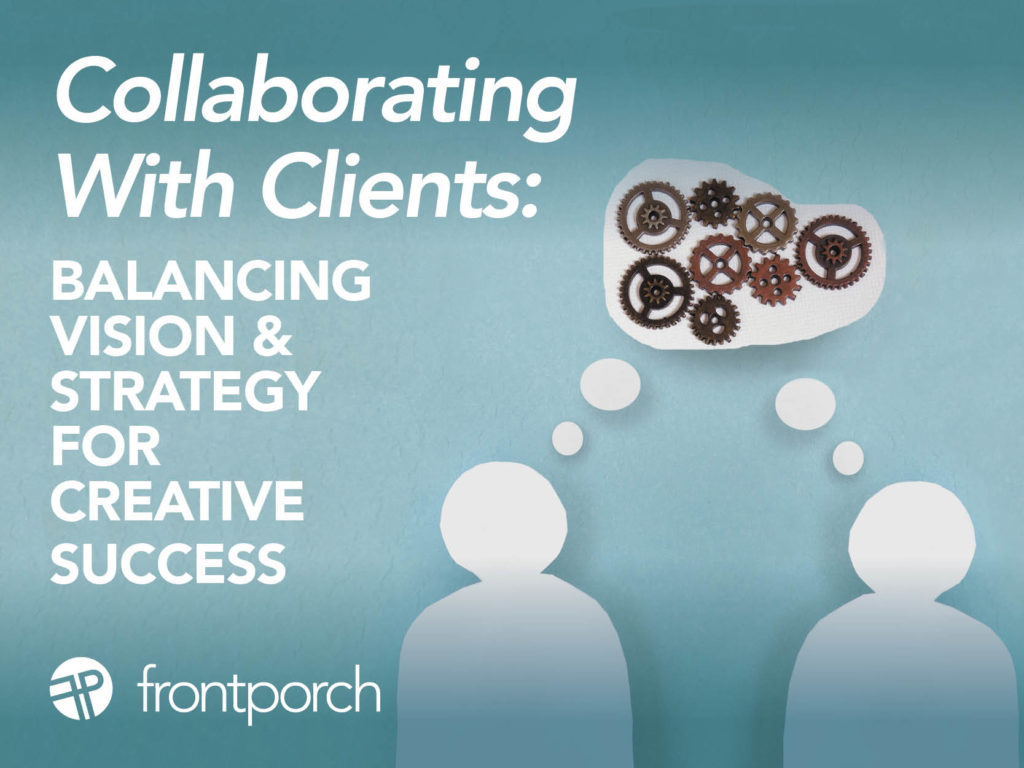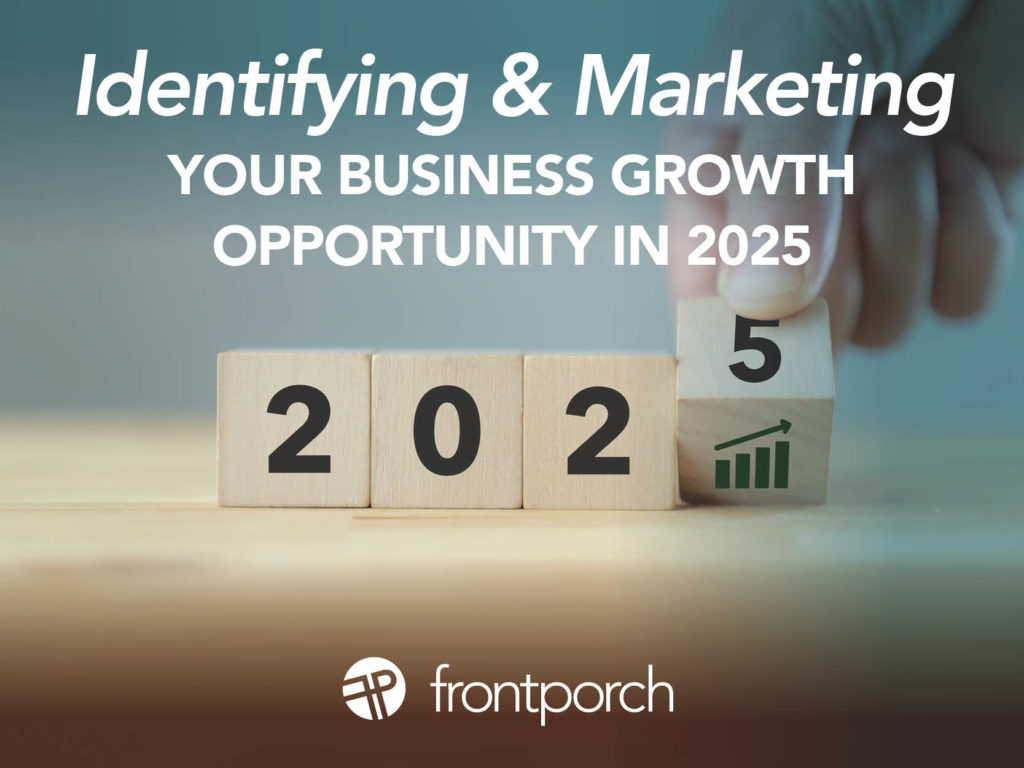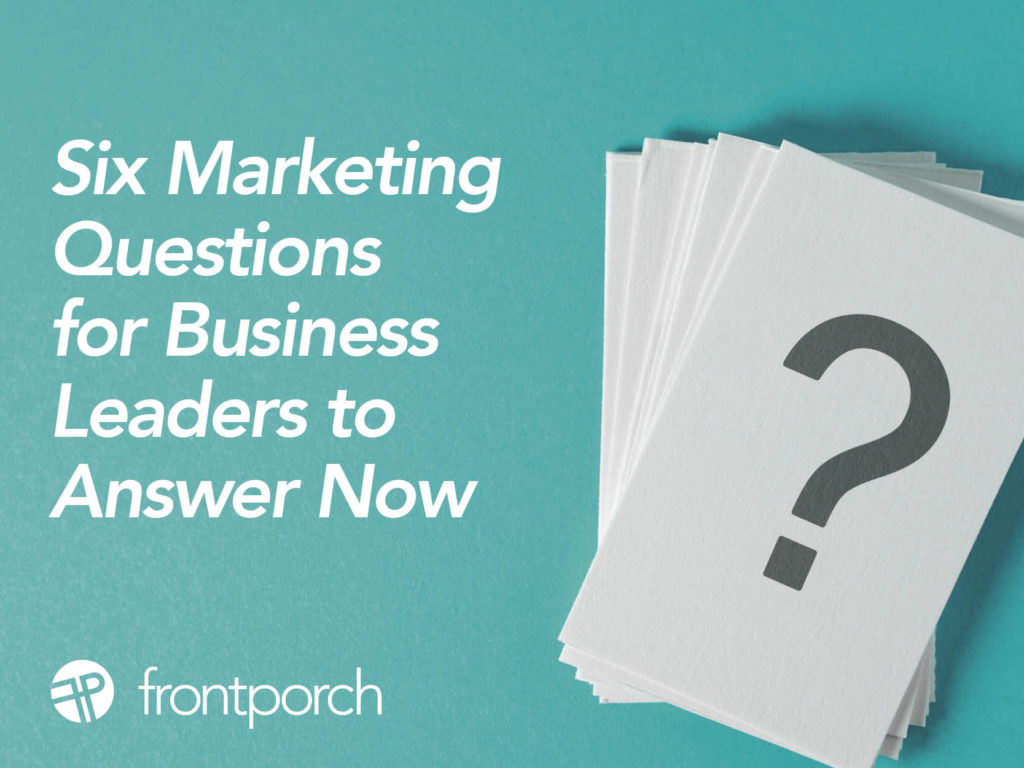
Here are some marketing questions for business owners and leaders to ponder to truly rock 2025. Start the year off right. First, ask and answer these questions to help your team succeed by aligning your collective efforts. Then, optimize your team’s performance with clarity, collaboration, conviction, consistency and connection — and 2025 will be your year. And finally, don’t forget to regularly track your progress.
Ask Yourself These Marketing Questions
What are my business goals?
To focus efforts and increase success rates, make sure your goals are SMART. SMART goals are specific, measurable, actionable, relevant and time bound. Areas in which to set goals are around your financial target, growth, operations and your team. In addition, set goals for yourself as a business leader. These goals can be around leadership, development, your role, work life balance, fitness, mental wellness, etc.
Does my brand and messaging reflect what my business is today?
Is your brand resonating with your team and your best target? Think about this. You have great clients or customers, a strong, best-of-class team, and a differentiating product or service. So is your brand a garage band? Or have you evolved your brand and messaging to reflect what your business has become?
What is my marketing budget?
Set your marketing budget for next year. This is one of the most important marketing questions for several reasons. Most companies’ marketing budget for 2025 is between 7–10% of revenue. Then you can align your activities and expectations once your number determined.
Who are my best customers/clients?
If you have data gathered, this will be easier. If not, you still need to answer this marketing question. Key metrics to consider include purchase frequency and recency. Also review the total revenue generated by that client or customer for the year. Further, consider customer loyalty — your net promoter score (NPS). In other words, how likely are they to recommend your brand to others?
How am I going to achieve set goals targeted at my best prospects in 2025?
Now you’re asking yourself one of the key marketing questions. From here you can develop your marketing road map. With your ideal customers identified, you can then tailor your marketing efforts to their preferences and needs. In addition, the budget you developed is also in play here, as marketing initiatives must be within that budget.
Do I have the right marketing team in place to rock my business in the new year?
For the most part, successful business leaders realize marketing should be done by professionals. They themselves should not be the marketers. Thus, evaluate your team and identify who is qualified to lead and execute your marketing team efforts to reach your goals. Most small businesses do not have that team internally. And most small business leaders know that an office manager isn’t their Chief Marketing Officer — that position should not be leading or executing marketing strategies and initiatives.
These Answers Will Start Your New Year Off Right
Cheers to a new year. Going forward, we are wishing you even greater business success in 2025. In addition, our wish for you and your team is to achieve optimal mental and physical health and happiness.


